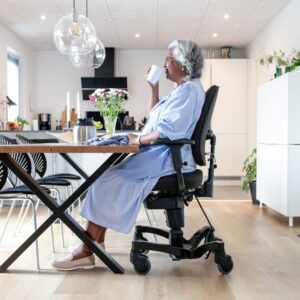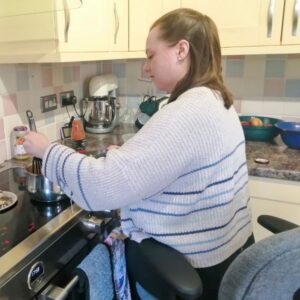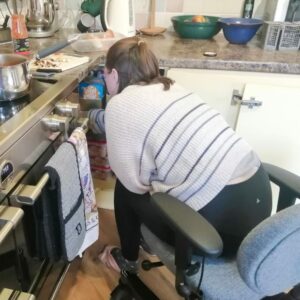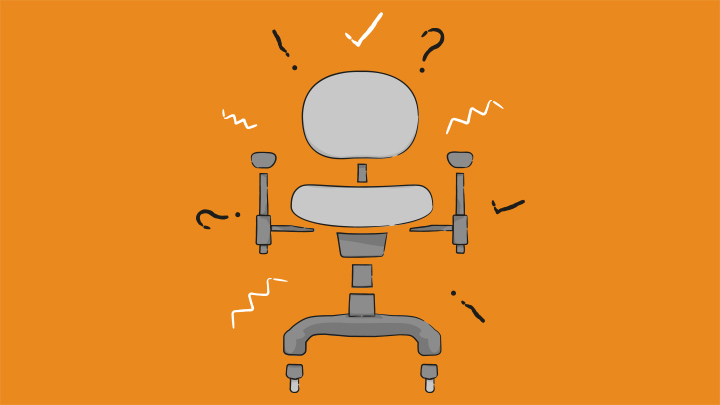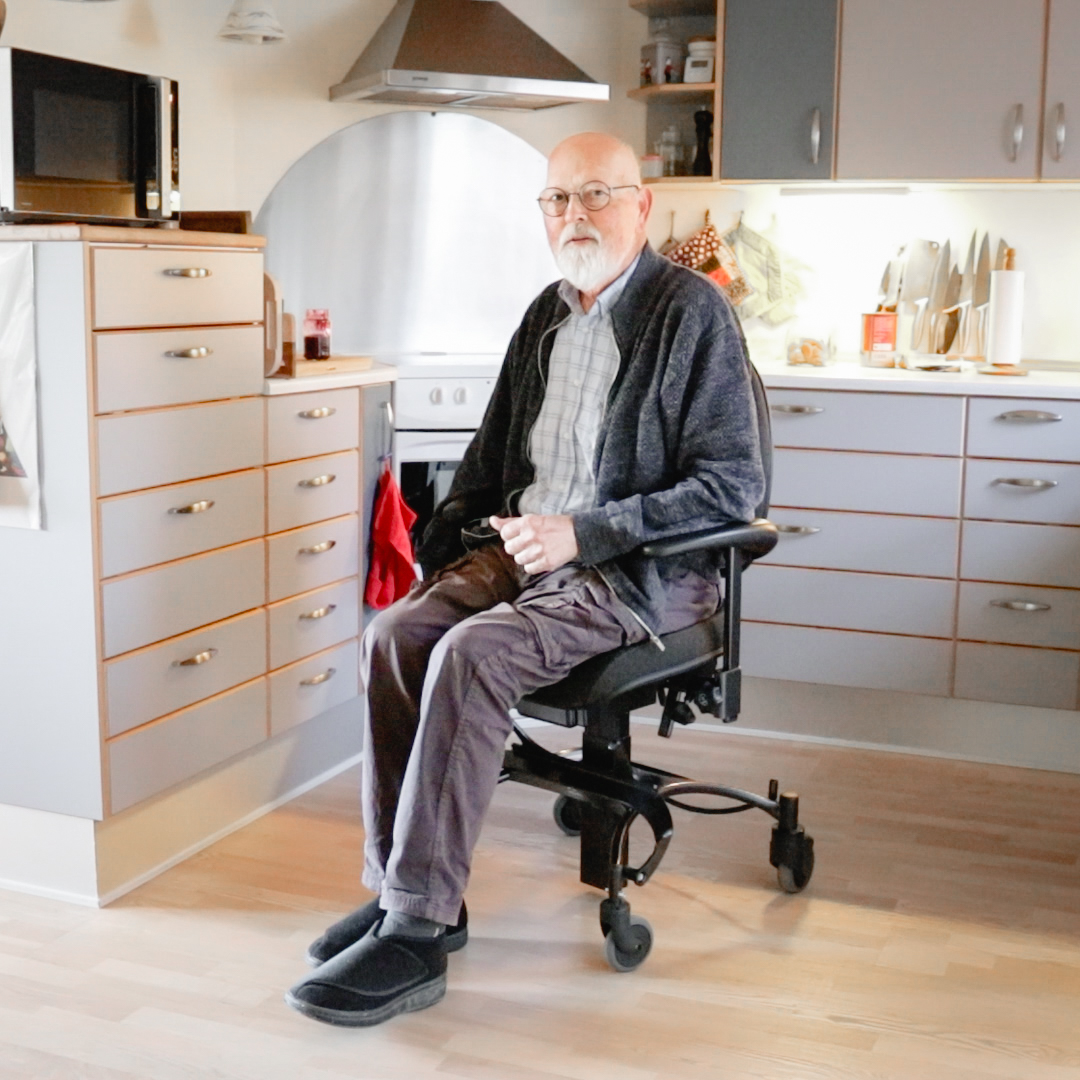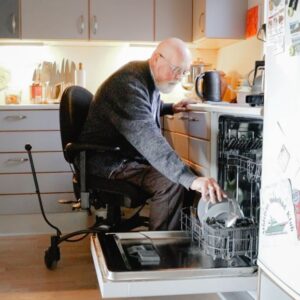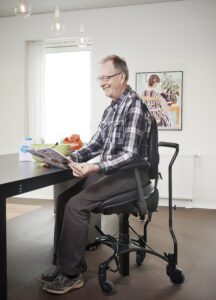August’s Story
August was born with cerebral palsy (CP). During his early years, his movement was limited due to reduced walking ability caused by CP. At eleven years old, he still has challenges with sitting balance, which, as he says, requires a lot of strength. This means that in the evenings when he is tired, he can’t sit on a regular chair without fear of falling off.
Just two years ago, August started walking and managed to take a whole 2772 steps in a row without falling! In fact, he walks so well now that he has stopped counting his steps because it’s too cumbersome.
August is a boy full of ambition and zest for life. He wants to be as independent as possible, as quickly as possible. He likes his “vehicles,” as he calls his aids, but he also wants to be able to operate them by himself and be independent in daily life.
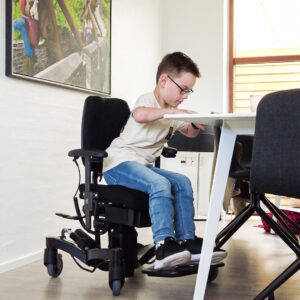
Autonomy and Self-Confidence in Children
At the age of eleven, the longing for independence and the capability for self-sufficiency are fully present, as they are for August. However, until now, he has relied on help to get up from his chair before he could leave the dinner table. With his new VELA Tango 600ES chair, he can now decide for himself when to leave the table, despite his mother’s wish that he sit a little longer. August shares with a big smile that he sometimes says “No, I don’t want to,” before jumping out of the chair on his own.
Developmental theory and the theory of self-determination assume that a sense of autonomy contributes to a child’s well-being and reduces discomfort. For children with CP, mobility challenges can impede the child’s emotional growth, as mobility restrictions are linked with the degree of autonomy.1 Autonomy refers to “free will” and relates to the perceived ability to make personal choices and live daily life according to one’s own standards and preferences.2
Therefore, it is important for August’s development that he can decide for himself how he wants to act in everyday situations. It’s clear that having the ability to make his own decisions is of great importance to August. He uses his newfound independence to do things he wants to do, like leaving the dining table at the same time as his sister to go to his room and play, without waiting for help to get out of the chair.

Cerebral Palsy and Physical Activity
Compared to typically developing children, those with cerebral palsy generally face restrictions in participating in physical activities. However, it is not beneficial from a health perspective for these children to exhibit increased sedentary behavior.7,8
The main barriers for these children to participate in physical activities with siblings and other children are primarily their physical disabilities and activity limitations.9 Previously, the focus has been on improving physical fitness or motor skills of children, while less attention has been paid to contextual barriers such as limited facilities or lack of aids.3 Another barrier, which turns out to be more influential and closely related to active participation, is the lack of self-confidence in a particular activity.15 If a child has previously experienced a feeling of exclusion,10,11 this can affect their capability in physical activities in the future.
Despite these barriers, children with disabilities can successfully participate in physical activities if their psychological needs are met,12,13 and if the child feels they have the necessary opportunities and abilities to participate.6 Recent research on physical activity in children with CP also shows that motivation is a prerequisite for success in physical activity.14 The child’s motivation can be crucial not only for their participation in activities but also for building their self-confidence8 – known as the child’s self-efficacy.15 Especially for those with low self-confidence and restricted participation due to previous negative experiences with physical activity, motivation is of great significance. Moreover, children with parents who support their autonomy in physical activity fare well in a participation-oriented intervention.
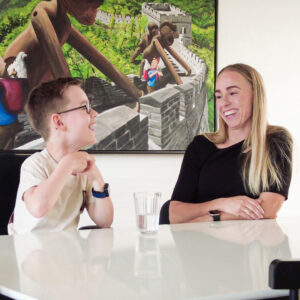
How a VELA Tango 600ES Helps
When a family receives a diagnosis like CP, they are gradually introduced to various aids. And when you’re new to this world, it’s overwhelming when the little kid’s chair is replaced by a huge contraption.
August’s mother describes the VELA Tango 600ES as a lightweight chair that’s easy to operate. It’s also important to her that the chair fits into the home because it makes a difference when an aid doesn’t take over the first impression as soon as someone steps through the door.
One of the biggest advantages for August is that he can now independently climb onto the chair and leave it whenever he’s ready and willing.
August describes how it used to be a major frustration to always wait for his parents when he wanted to leave the dining table: “When we were eating and there were guests, and I wanted to go down and play with them, I couldn’t get down by myself, and if they [the parents] were busy, I had to wait a loooong time.”

August’s mother Louise also describes how she could feel guilty when August relies on her help:
I’ll be right there. You probably use that phrase quite a bit. […] He now wants to play with the other kids who have already jumped from the table. And you can’t always drop everything you have in your hands.
Another advantage of August’s new chair is that Louise can relieve her own body:
I love that we don’t have to lift him anymore. I can already feel that August is getting bigger and heavier, and all the lifting is hard on my body.
Therefore, both August and his mother are happy about the independence August experiences with his new chair.
The VELA Tango 600ES enables August to:
- participate in activity and movement,
- strengthen his leg muscles,
- improve muscle coordination,
- train his balance,
- gain more autonomy and independence.
There is no doubt that the childrens chair plays a significant role in August’s daily life: The chair gives him more freedom to live life on his own terms and supports his growing independence. The chair is therefore also an important tool in both his physical and mental development. August has gained more autonomy, which will benefit him in physical training and will also strengthen his confidence when it comes to making independent decisions.
Like other children, August has many interests. For instance, he enjoys playing with friends on the computer. And with his VELA children’s chair, he can go to and from his desk whenever he wants.
August knows he’s different from the other children in his class, but he doesn’t think much about it in everyday life. And that should be a good indicator that August feels comfortable and that it has been successful in supporting his physical disabilities and reducing his limitations.
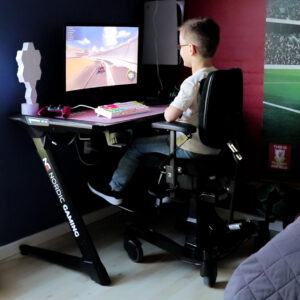
About Cerebral Palsy
CP, caused by abnormal brain development or damage before or during birth, is referred to as congenital CP. Most CP cases (85%-90%) are congenital. In many cases, the specific cause is unknown.5
The majority of children with CP (about 75%-85%) have spastic CP, meaning their muscles are stiff, and their movements are impaired.4
Typical symptoms in children include weakness in one or more arms or legs, difficulty walking, delays in motor development, and difficulty with precise movements like writing or buttoning a shirt.9
Over half (about 50%-60%) of children with CP can walk independently.4
Worldwide, around 18 million people of all ages are affected by cerebral palsy, the most common lifelong physical disability.6, 11
Learn more about aids for cerebral palsy in children or visit the International Cerebral Palsy Society.
Link to original post: https://www.vela.eu/how-to-support-a-child-with-cerebral-palsy?__s=ayxdmq3r9felrmqk2du3
Sources
2 autonomi | lex.dk – Den Store Danske (denstoredanske.dk)
3 Cerebral Palsy | National Institute of Neurological Disorders and Stroke (nih.gov)
4 11 Things to Know about Cerebral Palsy | CDC (cdc.org)
5 Causes and Risk Factors of Cerebral Palsy | CDC (cdc.org)
6 Cerebral Palsy Facts | Cerebral Palsy Alliance Research Foundation (cparf.org)
10 Orr, K., Tamminen, K.A., Sweet, S.N., Tomasone, J.R., & Arbour-Nicitopoulos, K.P. (2018). „I’ve had bad experiences with team sports”: Sport participation, peer need thwarting and need supporting behaviours among youth identifying with physical disability. Adapted Physical Activity Quarterly, 35, 36-56. doi: 10.1123/apaq2017-0028
15 Self-Efficacy Teaching Tip Sheet | American Psychological Association (apa.org)




